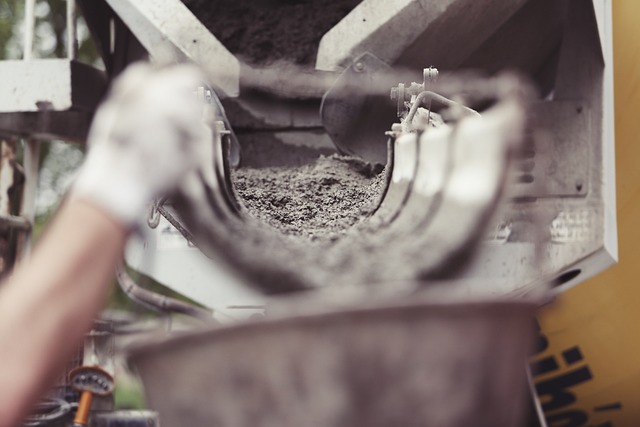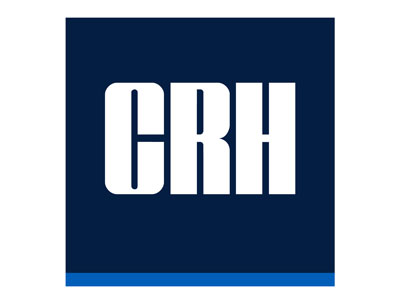Peruvian cement company Cementos Pacasmayo S.A.A. announced its consolidated results for the first quarter ended March 31, 2015, with an increase of 10.5 percent in EBITDA and a 31.4 percent gain in net profit.
The results “demonstrate our resilience as a high-efficiency cement producer,” noted the company in a released statement. “We delivered strong financial results, building on the organization-wide efforts we have made in recent months to further reduce costs and bolster efficiency. We expanded gross margin year-on-year, mainly due to operational efficiencies, while our lean corporate structure led to lower general and administrative expenses.”
The demand environment in Peru for cement weakened in the first quarter as the economy decelerated. In particular, there was reduced demand from recently elected local and regional governments, as they are still in a period of adaptation. The self-construction market, which represents between 50 and 60 percent of Cementos Pacasmayo’s total cement output, remained stable, with demand steady from a year earlier.
The Piura plant, a key component of the company’s strategy to grow and expand, remains on budget and on schedule. Virtually all equipment is now on site, and the company has begun electrical work. Production of the plant is scheduled to begin during the third quarter of 2015, and reach a production utilization rate of around 70 percent for both clinker and cement by the beginning of 2016.
Looking ahead, Cementos Pacasmayo sees weaker-than-anticipated cement demand in the remainder of the first half of the year, with some acceleration in the second half of the year, as newly elected local officials increase spending, as well as increased investment in large infrastructure projects. Based on this outlook, the company expects full year 2015 cement volumes to grow at a pace similar to the GDP growth of the northern region of Peru. In this environment, it believes its market-leading efficiency will be a crucial competitive advantage, while the beginning of operations of the Piura plant late in the year will offer a further boost as the company eliminates clinker imports and improves its logistics network.



